Expansion of the Automotive Industry
The automotive sector is a pivotal driver for the Global Barium Derivatives Market Industry, as barium compounds are increasingly employed in the manufacturing of automotive components, including glass and ceramics. The shift towards electric vehicles is also influencing the demand for barium-based materials, which are essential for battery production. With the automotive industry projected to expand, the demand for barium derivatives is expected to rise correspondingly. This growth is likely to contribute to the market's value, potentially reaching 2500 USD Million by 2035, as manufacturers seek to enhance product performance and sustainability.
Growing Demand in the Oil and Gas Sector
The Global Barium Derivatives Market Industry is experiencing a notable surge in demand from the oil and gas sector. Barium compounds, particularly barium sulfate, are utilized in drilling fluids to enhance the efficiency of oil extraction processes. As exploration activities expand globally, the need for effective drilling fluids is anticipated to increase. This trend is reflected in the projected market value of 1250 USD Million in 2024, with expectations of further growth as the industry adapts to new technologies and methodologies. The continuous investment in oil and gas exploration is likely to drive the demand for barium derivatives significantly.
Regulatory Support for Environmental Standards
The Global Barium Derivatives Market Industry is likely to benefit from increasing regulatory support aimed at environmental protection. Governments worldwide are implementing stricter regulations concerning the use of chemicals in various industries, including construction and manufacturing. Barium derivatives, particularly those that meet environmental standards, are becoming more favorable in the market. This regulatory landscape encourages manufacturers to innovate and develop eco-friendly barium compounds, potentially leading to increased market share and growth opportunities. As industries adapt to these regulations, the demand for compliant barium derivatives is expected to rise.
Increasing Applications in the Pharmaceutical Sector
The pharmaceutical industry is emerging as a significant contributor to the Global Barium Derivatives Market Industry. Barium compounds are utilized in various medical imaging procedures, particularly in barium swallow tests and gastrointestinal studies. As healthcare systems worldwide continue to evolve and expand, the demand for barium-based contrast agents is likely to increase. This trend suggests a robust growth trajectory for the market, supported by advancements in medical technology and an increasing focus on diagnostic imaging. The anticipated compound annual growth rate of 6.5% from 2025 to 2035 indicates a promising outlook for barium derivatives in the pharmaceutical domain.
Technological Advancements in Manufacturing Processes
Technological innovations in the production of barium derivatives are poised to enhance the efficiency and quality of these compounds. The Global Barium Derivatives Market Industry is benefiting from advancements in manufacturing techniques, which allow for the production of higher purity barium compounds. These innovations not only improve product performance but also reduce environmental impact, aligning with global sustainability goals. As manufacturers adopt these new technologies, the market is expected to witness increased competitiveness and growth, further solidifying its position in various industrial applications.
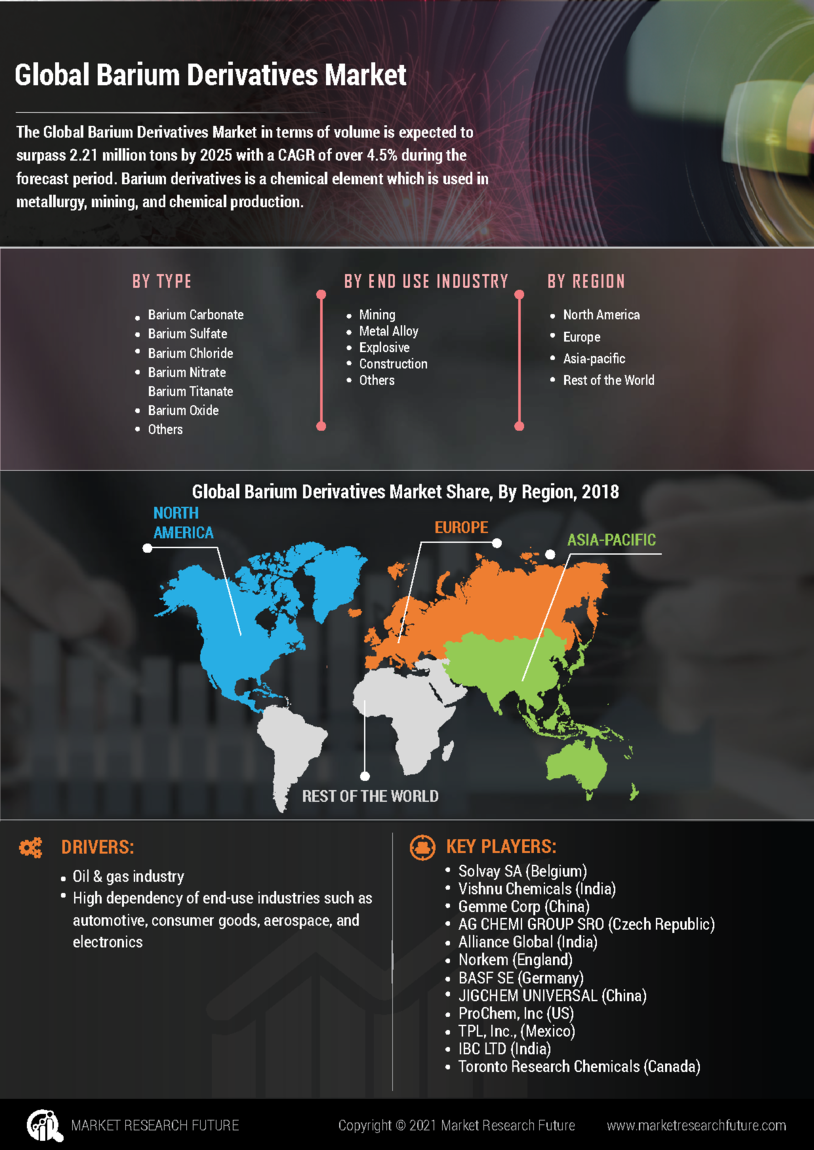

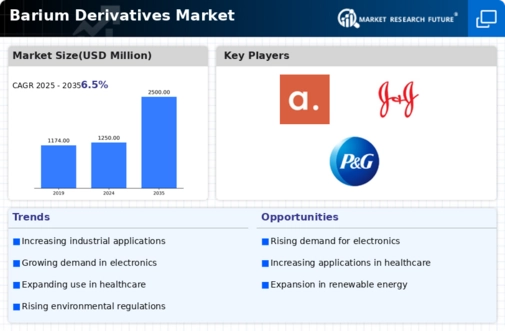

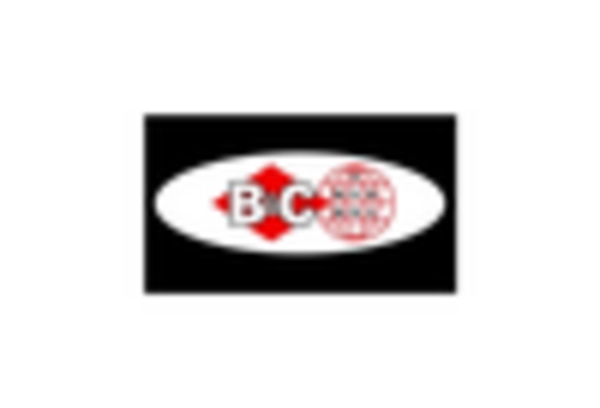
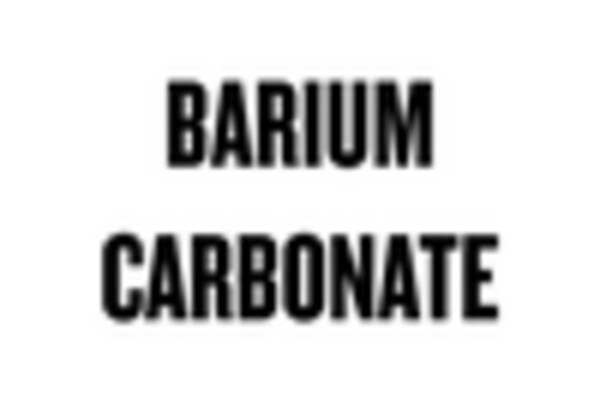


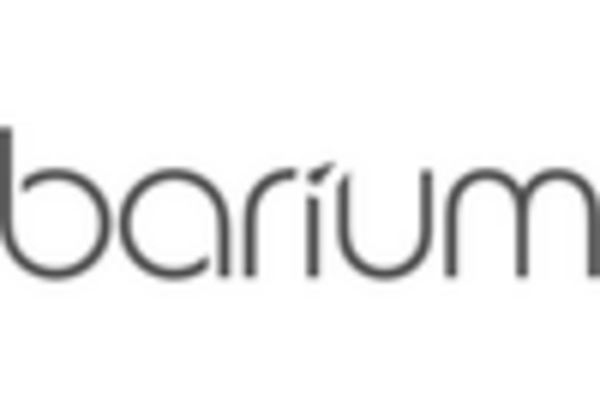








Leave a Comment